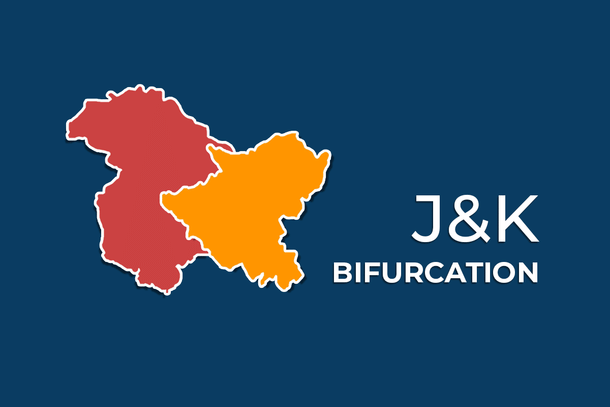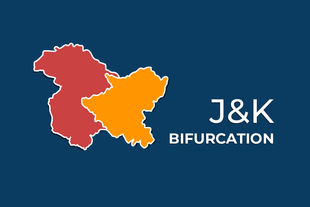Politics
How Modi-Shah Duo Used Article 370 To Make The Indian Constitution Fully Applicable To Jammu & Kashmir
Swarajya Staff
Aug 06, 2019, 08:57 PM | Updated 08:56 PM IST
Save & read from anywhere!
Bookmark stories for easy access on any device or the Swarajya app.


Before trying to understand the legal nuances of how the Modi-Shah duo managed to undo Article 370, it is important know what Article 370 actually says.
Article 370 has two main (of a total three) clauses.
One, that the government of Jammu and Kashmir will tell the President which of the laws that the Union makes would be applicable to the state, and only those laws would be applicable to Jammu and Kashmir. (This is the first clause).
Two, that the Constituent Assembly of Jammu and Kashmir can advise the President of India to effectively abrogate Article 370. (This is the third clause).
The government used both the above clauses on Monday to pave the way for integrating the state of Jammu and Kashmir to the Union of India.
First, on Monday morning the central government published a Presidential Order, using Article 370 clause 1, saying that the entirety of the Union Constitution would now be applicable to the state of Jammu and Kashmir. This effectively removes the special status for the state.
Until now this was not the case. The government of the state of Jammu & Kashmir would ‘advise’ the President of India as to which laws or parts of the Constitution would be applicable to the state and the same would be proclaimed so.
Since there is, at present, no elected government in power in the state, the governor has been deemed to be the ‘government’.
So, the first clause was used to make the entire Indian constitution applicable to the state of Jammu and Kashmir.
Second, the central government, through the same Presidential Order, modified Article 367 of the Constitution. This article deals with how certain terms in the Constitution should be interpreted.
The central government on Monday added clauses to Article 367 that simply said that wherever in the Constitution references were made to the government of Jammu and Kashmir it should be interpreted as “Governor of Jammu and Kashmir acting on the advise of his Council of Ministers”.
It also said that if there is any reference to the Constituent Assembly of Jammu and Kashmir it should be interpreted as referring to the “Legislative Assembly of the state”.
What this means is that a clause in Article 370, which originally stated that the Constituent Assembly of J&K can advise the President to nullify Article 370, now states that the legislative assembly of the state can advise the President to nullify Article 370.
Now, though Article 370 is still a part of the Constitution technically, the government has paved the path for its complete abrogation by the President, with permission from the legislative assembly.
And since the state is under President’s rule, the Parliament has the powers of state legislature. So, the now useless Article 370 can be removed if and when the central government wishes. The central government has introduced a resolution to this effect in the Rajya Sabha yesterday.





